How Does A Kite Fly?
A kite generates lift the same way an airplane wing creates lift. So first of all we’ll take a look at an airplane wing. Lift is created by a difference in pressure. So here we can see in my diagram, as the air travels further over the top of the wing, it must go faster than the air underneath so that both streams meet up at the trailing edge.
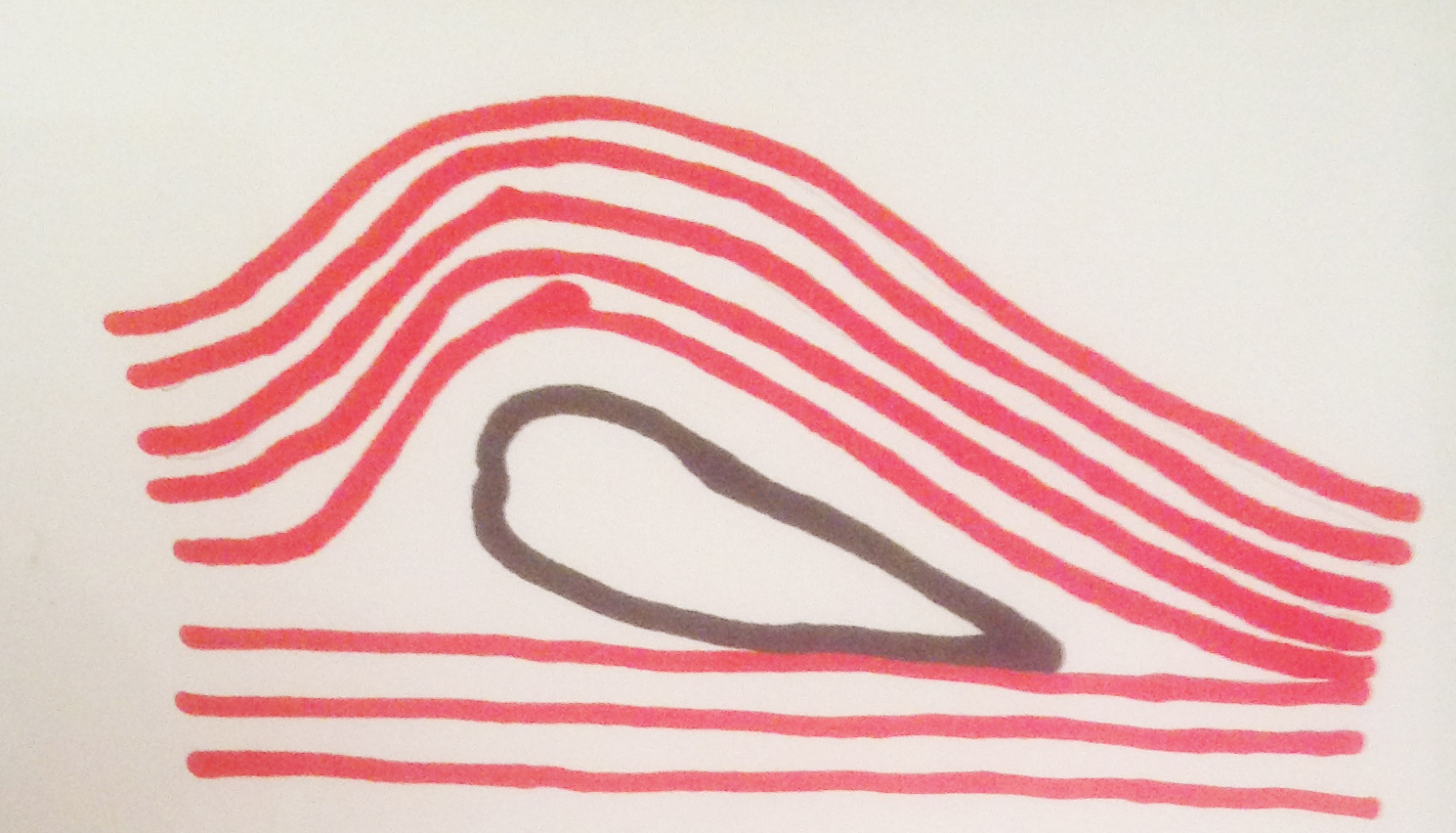
So as the air moves faster over the wing, it exerts less pressure than the slower moving air beneath the wing, meaning the higher pressure below the wing creates lift.

Another way to look at it is deflection. The wing must deflect the air down and this can be achieved by changing the angle of attack. Air is slowed as it is deflected by the wing which pushes the wing up and back.
This is exactly the same as how a kite flies except instead of the air flowing over the wing, it flows over the leading edge and canopy.
However, a kite can actually generate its own lift thanks to apparent wind. This is why you can fly a kite and generate power in low winds, because you can steer the kite around the wind window and create laminar flow over the kite thus creating lift. It’s the reason smaller kites often fly better in low winds, because they are faster so generate more lift as you fly them around the window. But they won’t fly well when still in the window in low winds as there is less laminar flow over the kite meaning not much pressure difference, so not much lift causing the kite to fall from the sky.
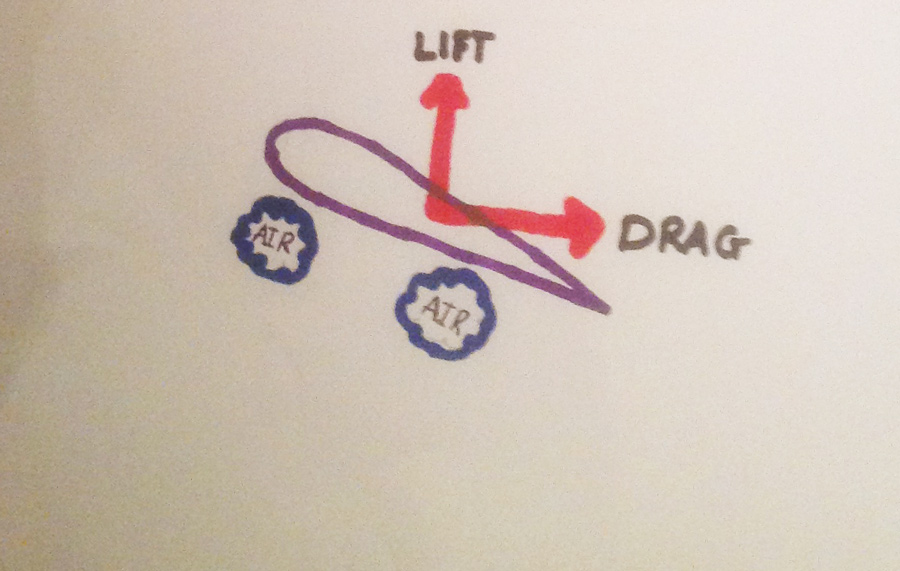
So we’ve taken a look at lift but there are 3 more forces acting on the kite when we fly it.
One of which is thrust. An airplane generates thrust with its engines. However, thrust, the forward force that propels our kites, is created by wind and tension in the lines.
Next up is drag which is the force pulling the kite back. This can be changed by the depth of the kite. The deeper the kite, the increase in drag.
Last but not least is weight. The lighter the kite, the better it flies in lighter winds as the difference in pressure doesn’t need to be as great.
In order to launch a kite into the air, the force of lift must be greater than the force of weight, and to keep the kite flying steady, the four forces must be in balance.
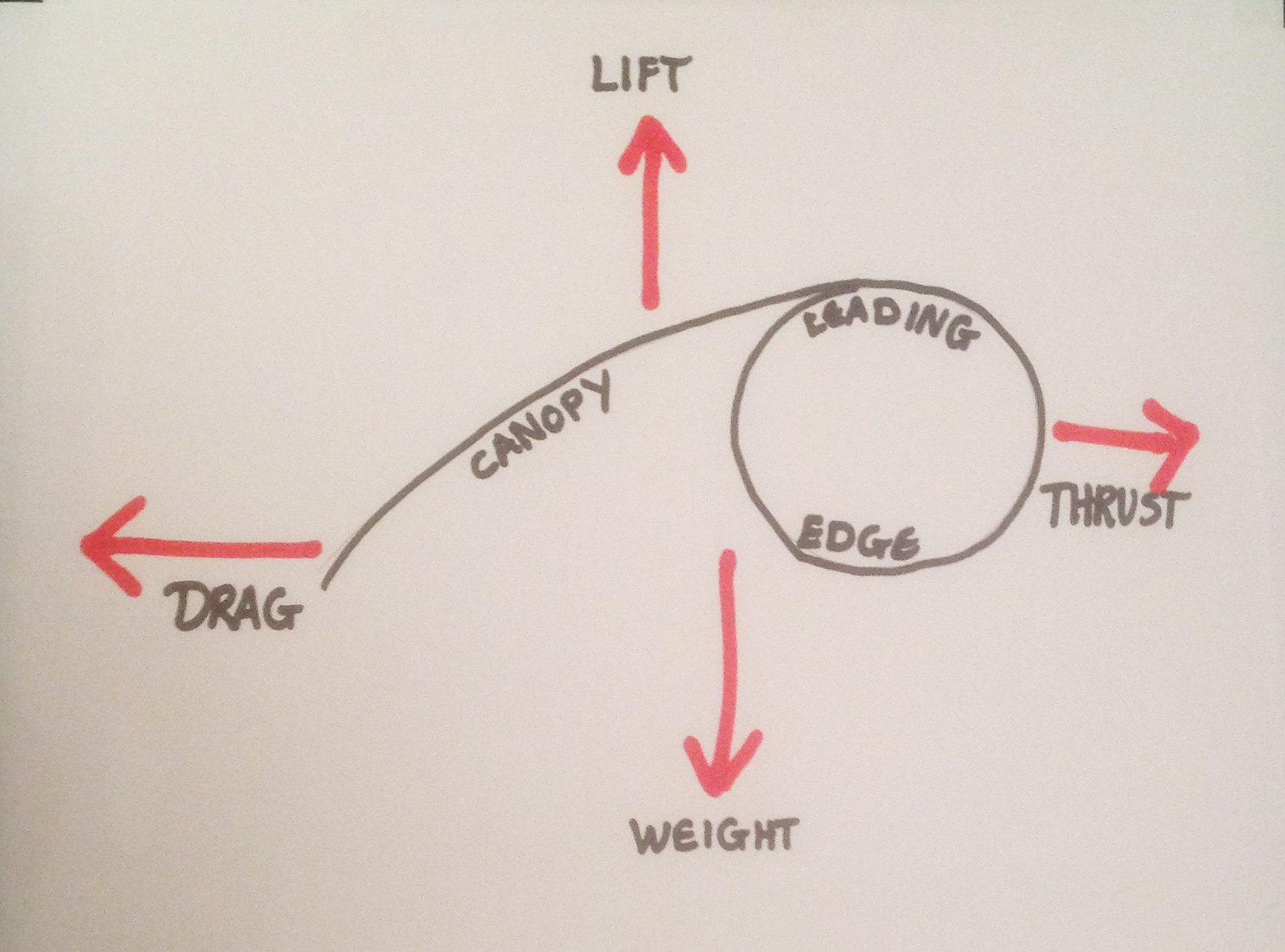
So how does our bar and line length effect the way the kite flies?
When you pull your bar all the way in, you change the angle of attack. This means the canopy is deflecting a lot of air causing higher pressure under the kite, creating more lift. This is why when you’re riding and you pull the bar in with your kite high, you jump because of lift.
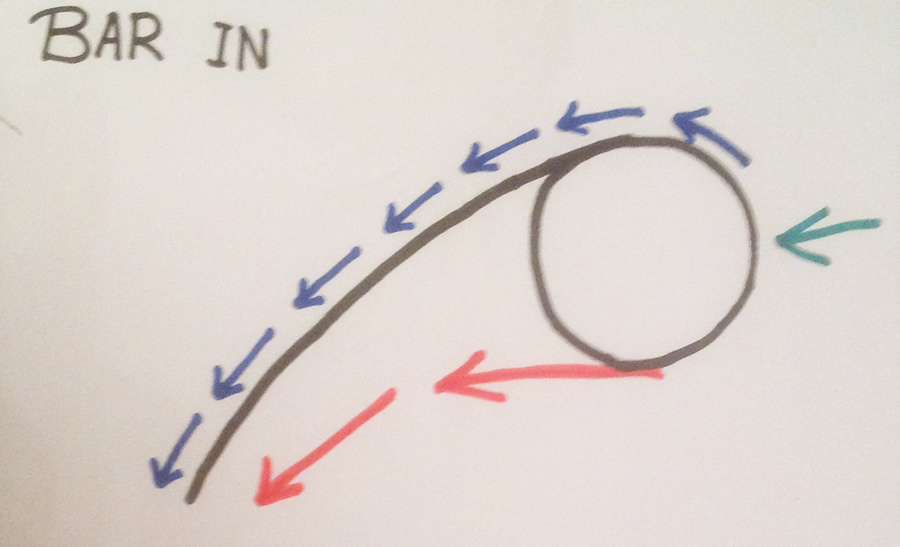

How do kite shapes effect lift?
Low aspect kites have more depth so will deflect more air and will have more drag which makes them slower and provides less lift. However, a low aspect kite will turn a bit quicker as it pivots about its centre, but will have less power through these turns due to drag.
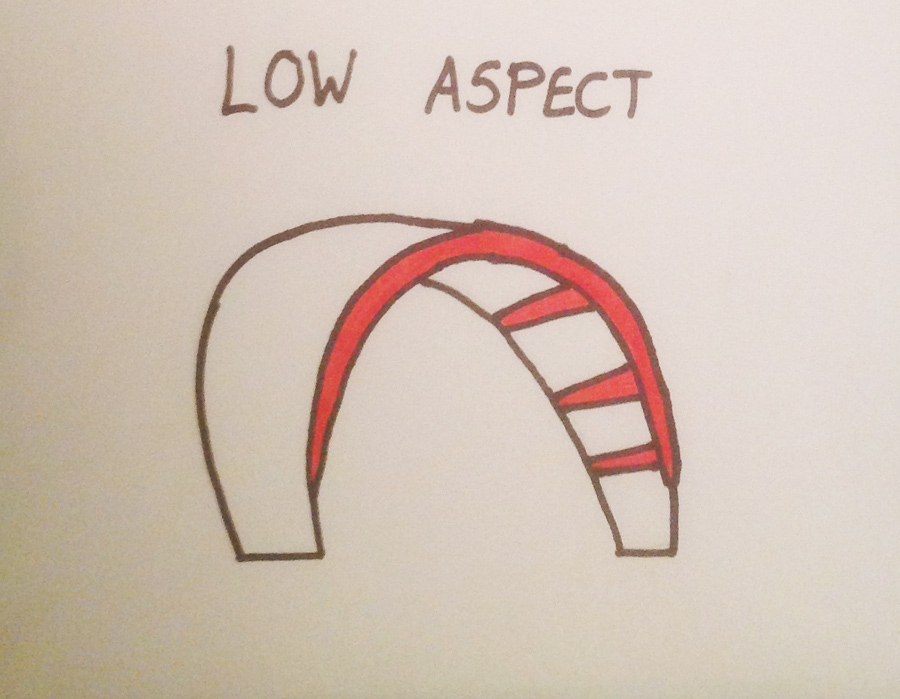
However, a high aspect kite has less depth meaning it has less drag thus meaning it has more lift. When looping and turning a high aspect kite, it will turn slower and with more of an arc than a low aspect, but will drive through the turn providing a more powerful turn.

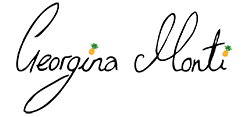

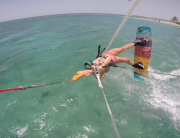
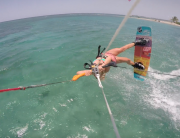


Leave A Comment